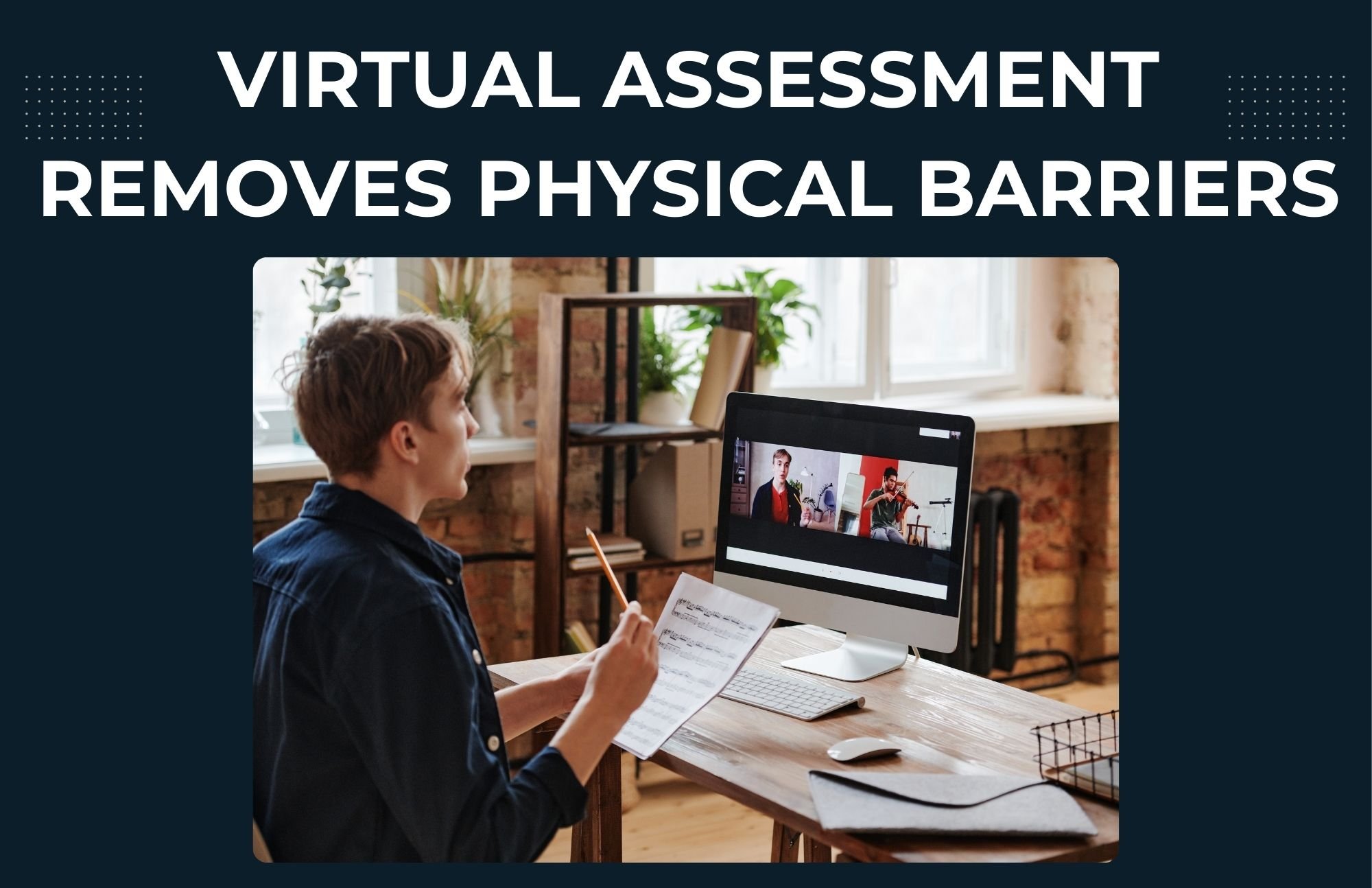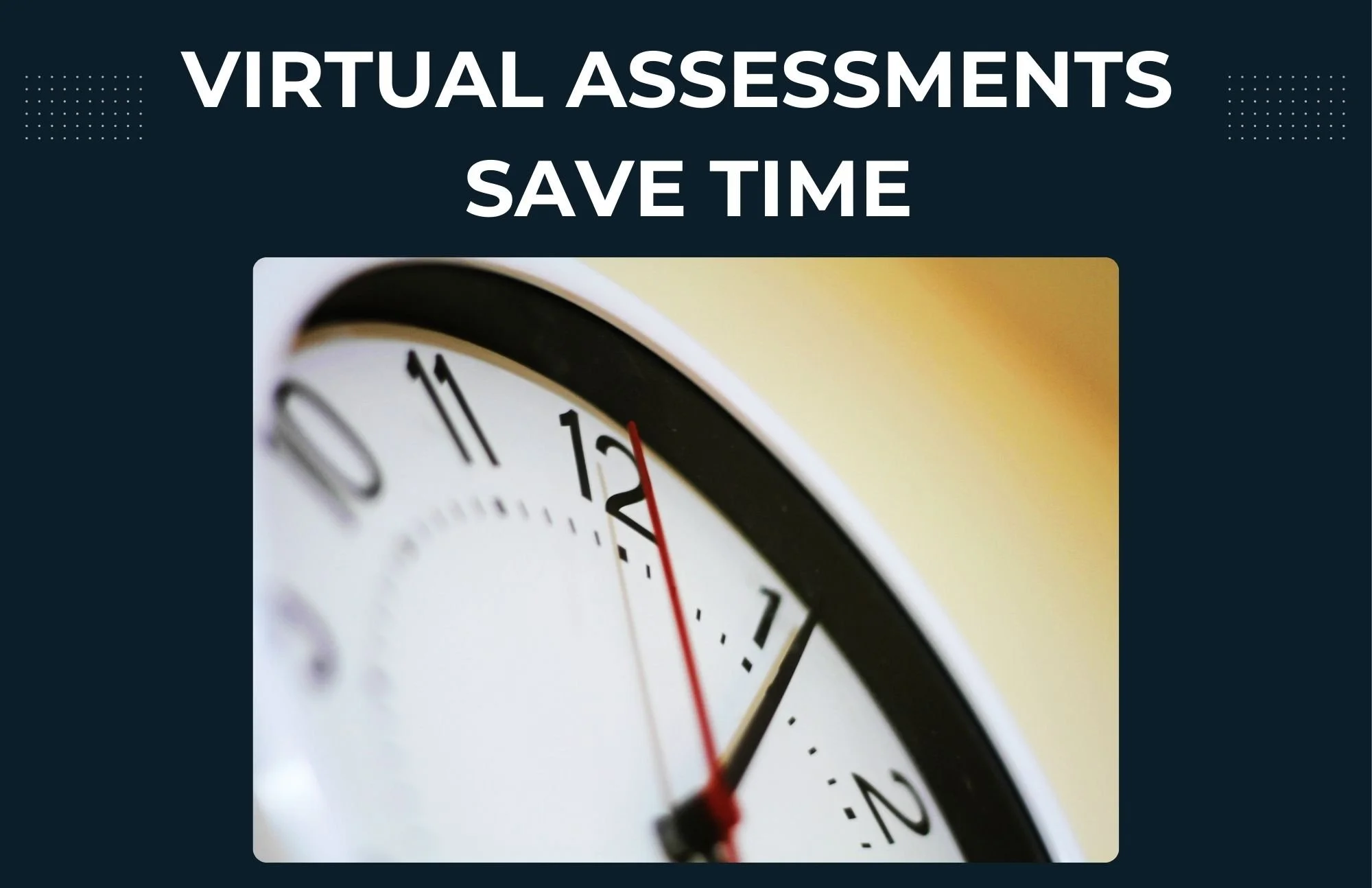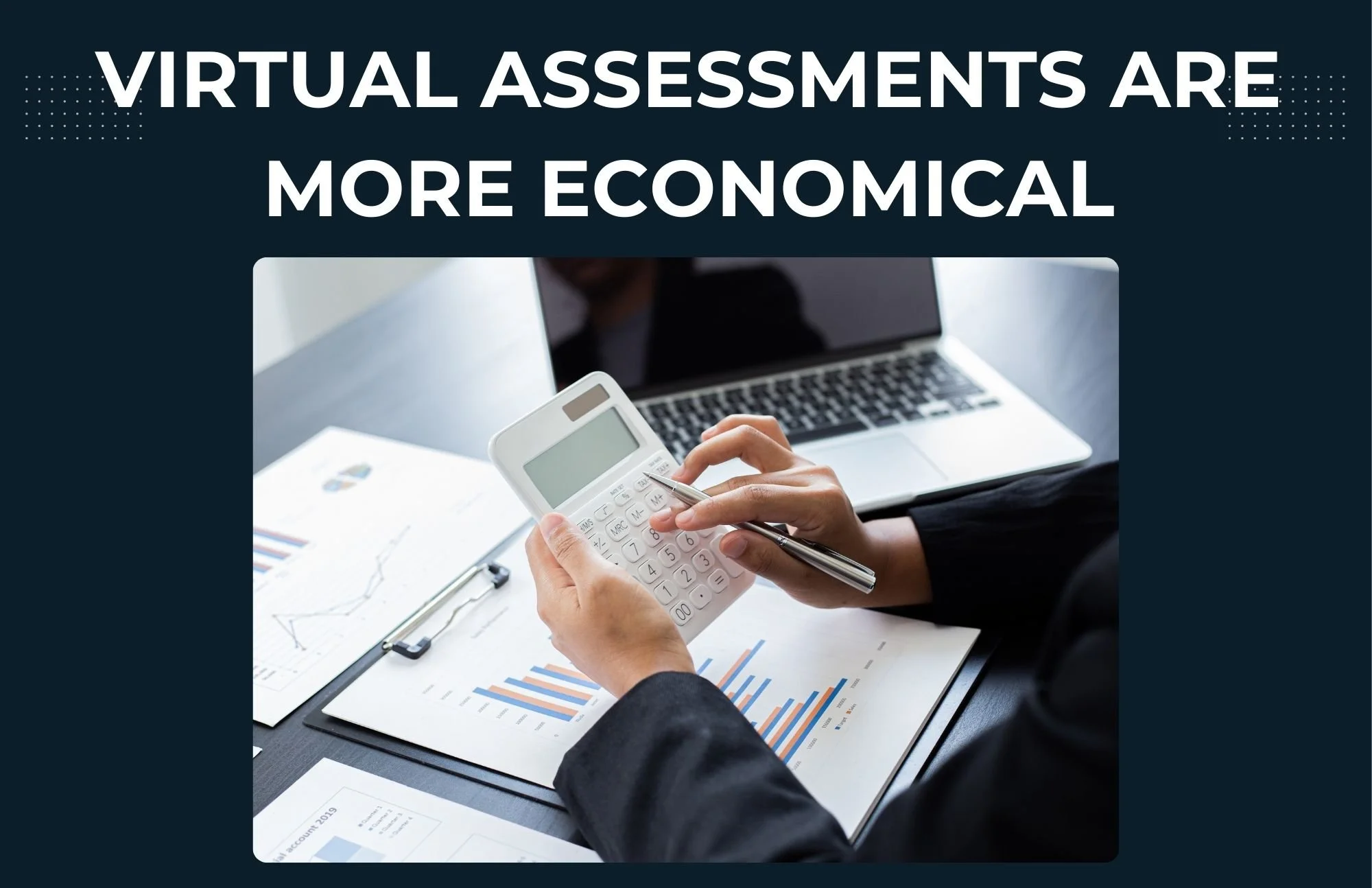Virtual Assessments
How is a virtual AT assessment different from in-person?
The short answer…it really isn’t, and here’s why…
First…
The process of a virtual Assistive Technology assessment is essentially comparable to that of an in-person assessment. Essentially everything that is typically done in-person can be done virtually. These tasks include:
Reviewing student background information including. Documentation can be emailed and reviewed digitally.
Students can be observed in their classroom via Zoom or recorded video to understand their interactions and challenges.
Student, parent, and staff interviews can take place via Zoom.
Formal assessment tools can be administered virtually because many of the assessment components involve the use of a computer and internet.
Second…
Virtual assistive technology (AT) assessments provide a high-quality, convenient alternative to in-person evaluations. They allow observation in natural settings, easy collaboration via video conferencing, and accessible interviews with families. Many tools are already used online, making virtual assessments a natural fit. This approach ensures thorough, student-centered evaluations with greater flexibility and comfort.
Third…
Virtual assessments offer the invaluable opportunity to observe how a child engages with technology, such as computers or tablets, in real time. By watching them interact with digital tools, the assessor can gain a deeper understanding of their comfort level, ability to navigate different software or applications, and how they use technology to complete tasks. This live interaction reveals key details about their motor skills, cognitive processing, attention span, and potential barriers they may face when using digital devices.
This direct, firsthand observation allows for a clearer, more nuanced picture of the child’s strengths and challenges with technology, providing more accurate insights into their needs.
Fourth…
Virtual assessments create a collaborative, real-time environment where both the student and the assessor can view and interact with the same content on-screen. This shared digital space eliminates common physical barriers—like needing to look over someone's shoulder or struggling to see what the other is viewing. Communication flows more naturally, with assessors able to guide tasks, ask clarifying questions, and make immediate adjustments based on the student’s responses. Students often feel more comfortable and engaged in a familiar setting, which can lead to more accurate insights. This interactive setup ensures a thorough understanding of the student’s abilities and results in better, more personalized recommendations.This direct, firsthand observation allows for a clearer, more nuanced picture of the child’s strengths and challenges with technology, providing more accurate insights into their needs.
Fifth…
Virtual assessments are designed to be more time-efficient. Since the assessment is conducted remotely, there's no need for travel or the logistical challenges associated with in-person appointments. This eliminates time spent on commuting, waiting, and setting up physical spaces, allowing the entire process to be streamlined. Virtual assessments can also be scheduled with more flexibility, reducing delays and ensuring that both the student and assessor can make the most of their time. As a result, the assessment process is completed more quickly, while still providing thorough insights into the student’s needs. In fact, virtual assessments are great a great option when assessment timelines are limited.
Sixth…
The time-saving benefits of virtual assessments also translate into cost savings. Without the need for travel or long, in-person sessions, virtual assessments are more economical for families and schools. This reduces the overall expense without compromising the quality of the evaluation. The combination of efficiency and lower costs makes virtual assessments a budget-friendly alternative to traditional in-person evaluations, ensuring you get comprehensive results at a more affordable price.
The Bottomline…
Virtual assessments are not only COMPARABLE TO IN-PERSON ASSESSMENTS,
but they can also provide
ENHANCED INSIGHTS into a child's interaction with assistive tools.








